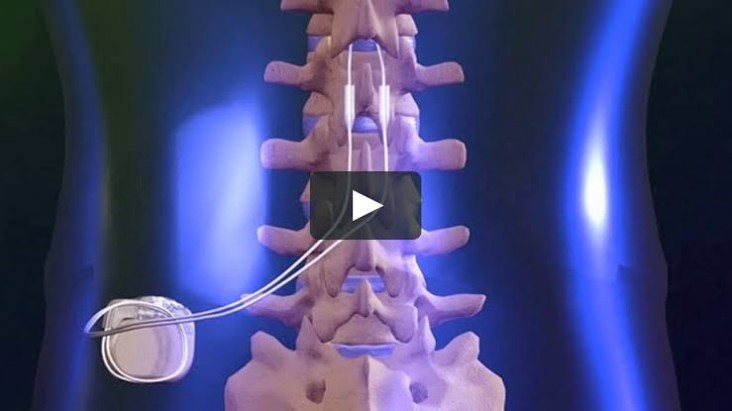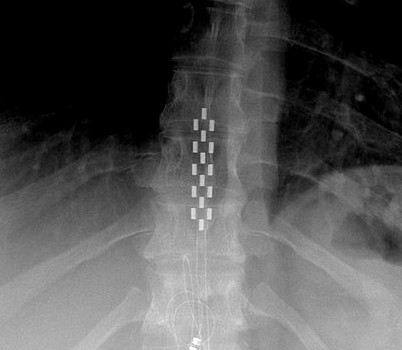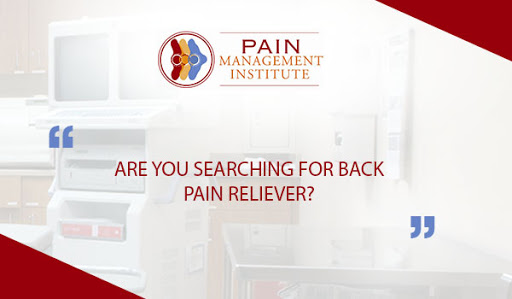Spinal cord stimulation is a therapy which used to masks pain signals before they reach the brain by delivering low-level electrical signals to the spinal cord or to specific nerves to block pain signals to reaches to the brain.
Who is a candidate?
Patients selected for spinal cord stimulation usually have had chronic debilitating pain for more than 3 months in the lower back, leg or arm. They also commonly have had one or more spinal surgeries. You’re a candidate for spinal cord stimulation if you have;
- Failed conservative therapies
- You would not benefit from any additional surgery.
- The pain is caused by a correctable problem and should be fixed.
- You do not want further surgery because of the long recovery or risks associated with it. Spinal cord stimulation (SCS) sometimes can also be chosen over a large, complex spine surgery.
- You are not suffering from untreated depression or drug addiction; these should be treated prior to having a SCS.
- You have no such medical conditions that would keep you from undergoing implantation.
- You have had a successful trial of SCS.
What happens during the SCS procedure?
During the procedure of spinal cord stimulation, a device that delivers the electrical signals is implanted in the body through a needle placed in the back near the spinal cord. Then a small incision is made to place the pulse generator in the upper buttock. The patient may turn the current on and off or adjust the intensity of the signals.
Benefits of spinal cord stimulation technique
Potential benefits which spinal cord stimulation is offering are;
- It improves the ability to participate in activities of daily living
- Effective or beneficial for extremities, back, and/or leg pain relief
- Gives power to manage your own treatment procedures
Risks of SCS
There is no surgery without risks. Specific complications associated with SCS are;
- Battery failure and/or battery leakage
- Cerebrospinal fluid leak
- Persistent pain at the stimulator site or at the electrode
- Allergic response to implant materials
- Generator migration and/or local skin erosion
- A pocket of clear fluid or seroma at the implant site. Usually seromas disappear by themselves but may require a drain
- Lead migration, which often result in changes in stimulation and reduction in pain relief
- Weakness, clumsiness, paralysis, numbness, or pain below the level of implantation
Pain management institute is helping people to cure acute and chronic long term pain to resume a normal life style. PMI has provided many treatments like stem cell therapy and many others.
For more details call on 815.412.6166



